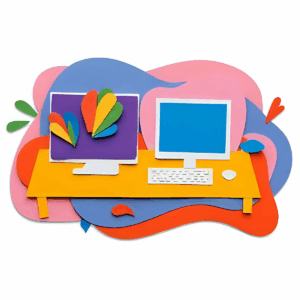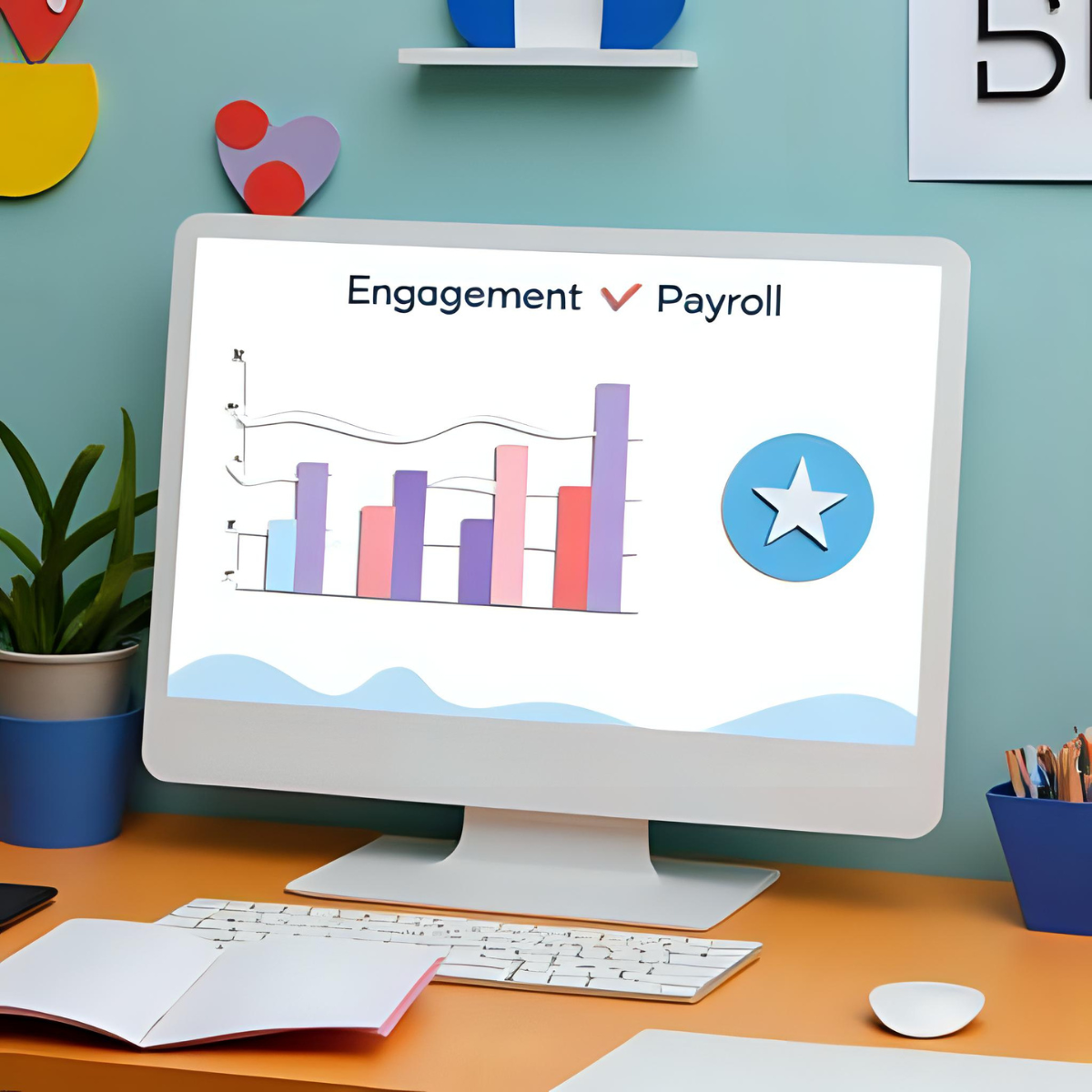For any medium or large enterprise, changing Human Capital Management (HCM) systems is one of the most complex technology transformations you can undertake. It promises new efficiencies, better employee experiences, and more data-driven HR decisions – but it also carries major risks that can affect payroll accuracy, compliance, and workforce trust.
So how do you know if the rewards justify the risks? Let’s break down what’s at stake, and what smart organizations are doing to make transitions successful.
The Rewards: Why Businesses Are Making the Move
1. Unified Employee Experience
Modern HCM platforms (like Workday, SAP SuccessFactors, and Oracle HCM Cloud) consolidate HR, payroll, learning, and performance into one ecosystem. This simplifies life for employees and HR teams alike.
Reward: A single digital experience for employees – from onboarding to retirement – improves engagement and reduces administrative overhead.
2. Real-Time Insights for Strategic Decisions
Legacy systems tend to silo data across HR, finance, and operations. Modern HCM tools integrate this data and apply analytics or AI to reveal trends in turnover, performance, and workforce costs.
Reward: Better visibility enables faster, evidence-based decisions about hiring, budgeting, and retention.
3. Automation and Compliance
Automating payroll, leave tracking, and benefits administration can eliminate manual errors and ensure compliance with labor laws across regions.
Reward: HR teams spend less time on administration and more on strategic initiatives like workforce planning or DEI (Diversity, Equity, and Inclusion).
4. Scalability and Global Consistency
For multinational organizations, modern cloud-based HCM systems support multiple currencies, languages, and regulatory frameworks in one unified environment.
Reward: Easier global governance, consistent data, and reduced reliance on local legacy tools.
The Risks: What Can Go Wrong
1. Data Migration and Integrity
Transferring years (or decades) of employee data is complex. Incomplete or inaccurate migration can lead to payroll errors or compliance violations.
Risk: Damaged employee trust and regulatory fines if sensitive data is lost or mishandled.
2. Disruption to Payroll and HR Operations
Even brief payroll interruptions can have major reputational consequences. During transitions, organizations often run parallel payroll to verify results – a time-consuming but necessary safeguard.
Risk: Operational disruption if testing or change management is rushed.
3. Adoption and Change Fatigue
HCM upgrades affect every employee, not just HR. Without clear communication and training, staff may resist new processes or misreport data.
Risk: Low adoption undermines ROI and can lead to inconsistent or incomplete data collection.
4. Integration with Other Systems
HCM doesn’t live in isolation – it connects to finance, IT service management, and identity systems. Integrations can fail if they’re not fully mapped or tested.
Risk: Data mismatches between HR and other critical business systems.
5. Hidden Costs
Beyond licensing, organizations must budget for data cleansing, change management, integration development, and temporary productivity dips.
Risk: Total cost of ownership (TCO) can exceed initial projections by 30–40% if underestimated.
Balancing the Equation: How to Mitigate Risks
Start with Strategy, Not Software
Clarify what business outcomes you want — better analytics, scalability, compliance — before selecting a vendor.
Involve Stakeholders Early
Include HR, Finance, IT, and regional managers in the selection and implementation process to avoid blind spots.
Run Pilot Programs
Begin with one division or region to validate integrations, data mapping, and workflows before full rollout.
Invest in Change Management
Communicate early and often. Offer role-based training and clear documentation to smooth adoption.
Plan for Continuous Improvement
Treat HCM transformation as an ongoing program, not a one-off project. Optimize post-launch and measure ROI regularly.
The Payoff
When done right, the switch to a new HCM platform can transform how an organization manages its people, data, and culture. Companies that modernize successfully often report:
25–40% reduction in administrative time
Faster time-to-hire and lower turnover rates
Improved compliance posture across global operations
The key is understanding that HCM modernization is not just a technology upgrade — it’s a business transformation. The rewards can be substantial, but so can the risks. A structured, well-governed approach ensures you realize the value without the chaos.

